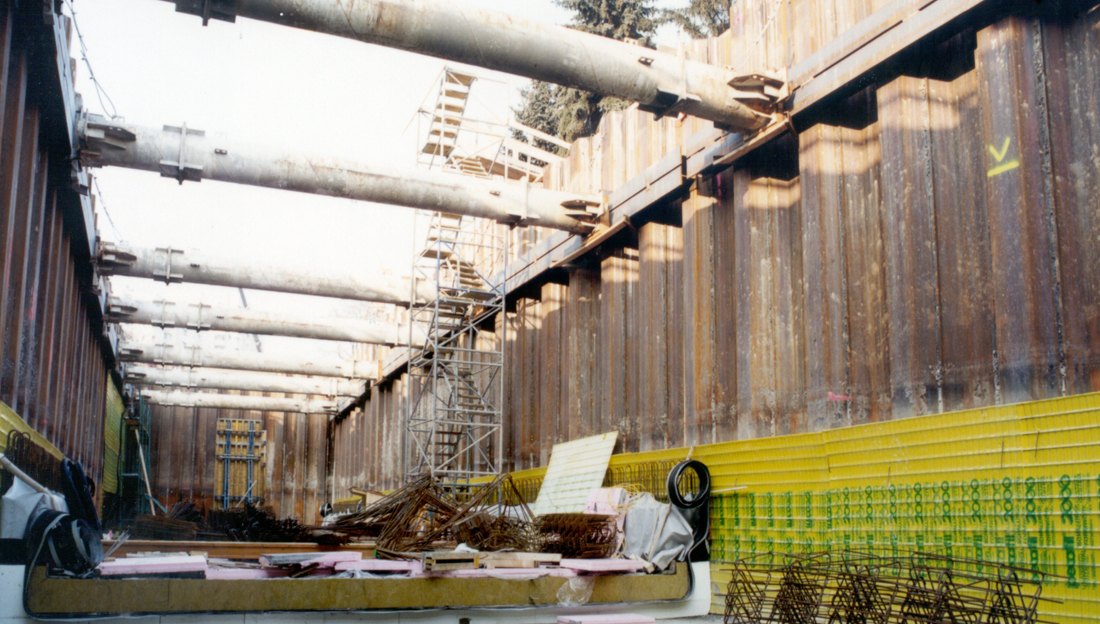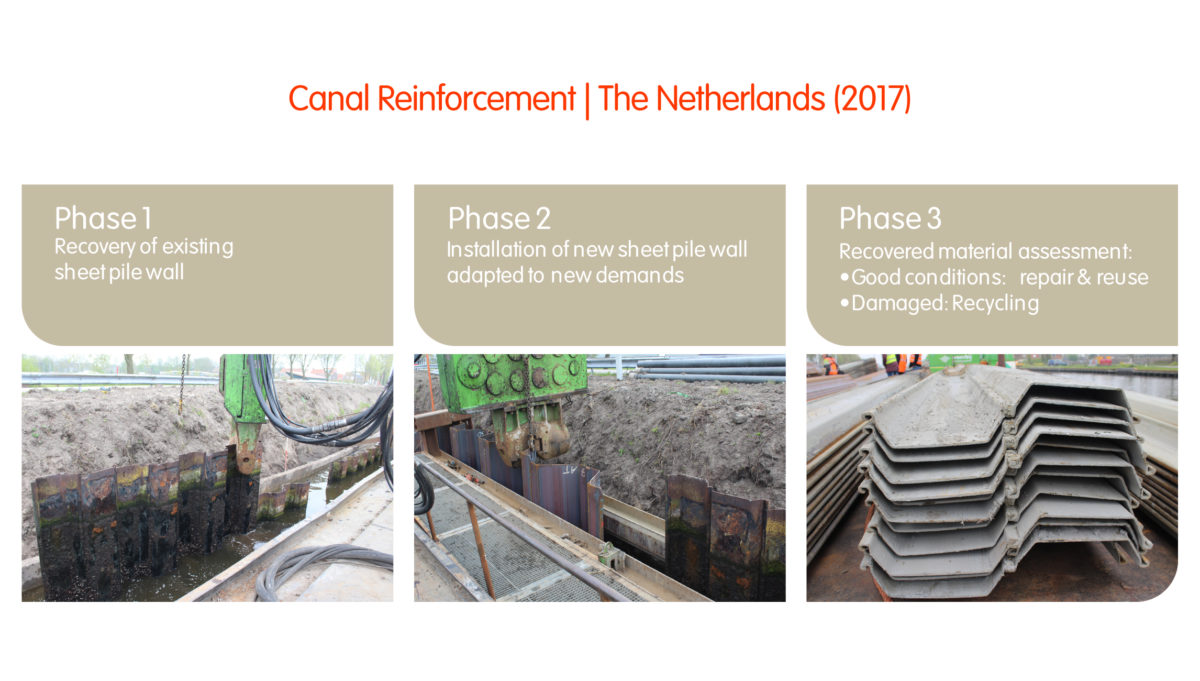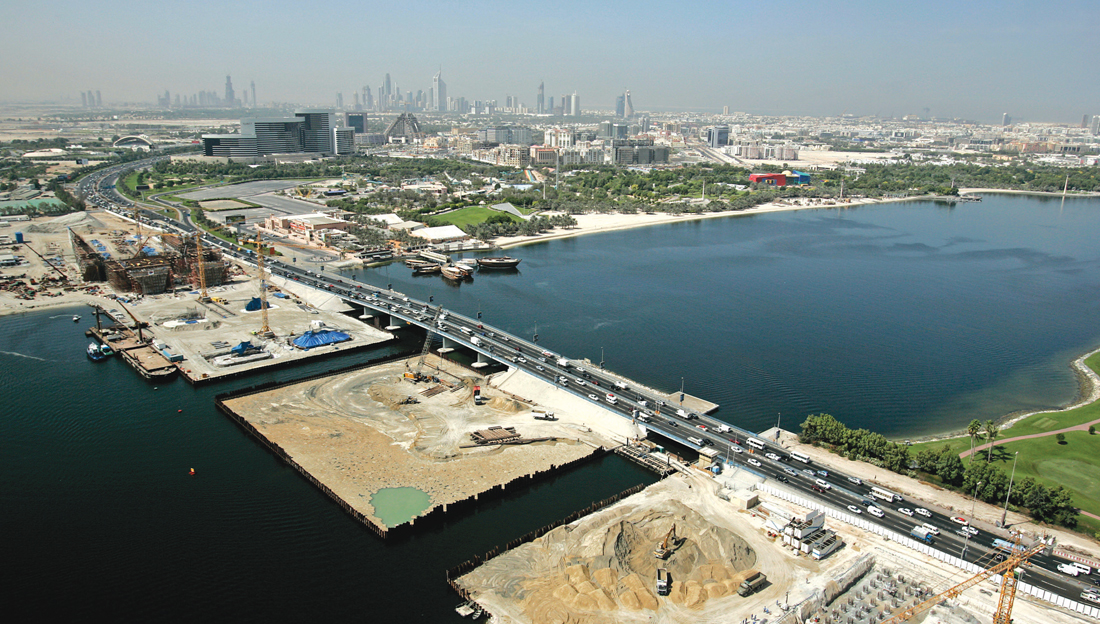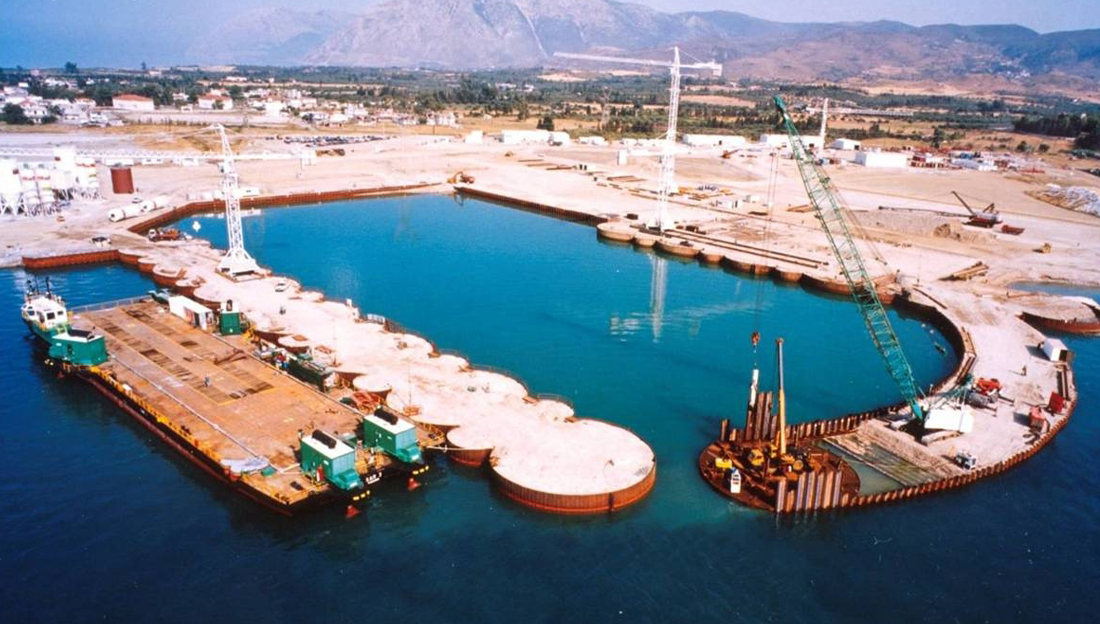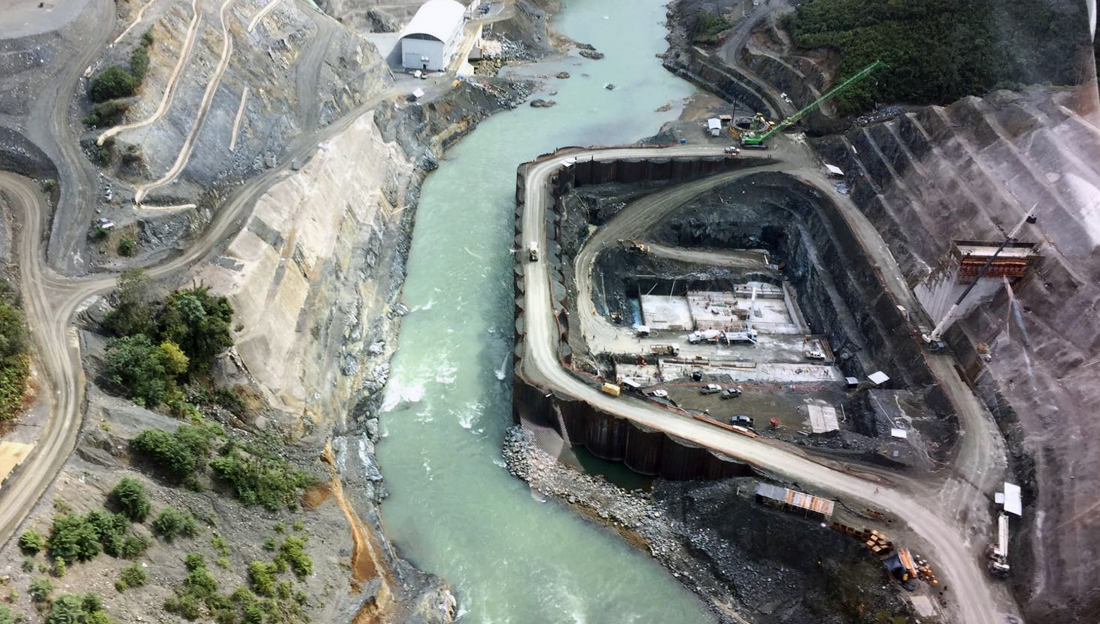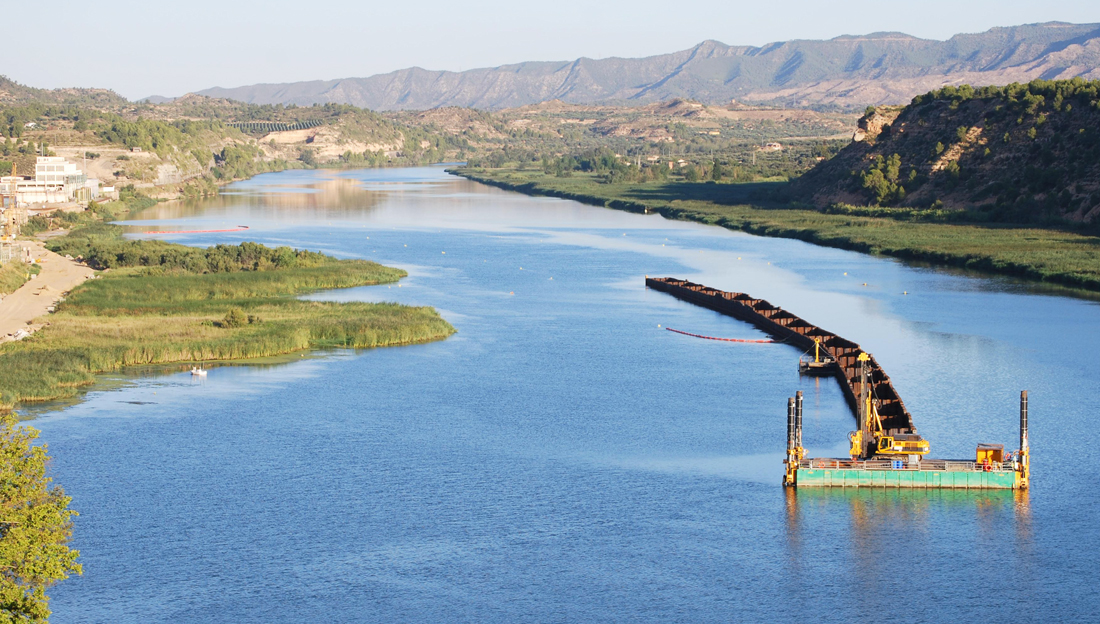Description
When constructing quay walls, dams, underground car parks, tunnels, bridges and trunk roads, many alternate construction methods exist to retain earth or water, whether temporary or permanent. Steel sheet piles are particularly well suited for most of these soil retention & water containment projects because they are designed to hold together without welding or bolting, and they are easy to retrieve after use.
ArcelorMittal has been working for many years to continuously improve its steel sheet pile range, either by more sophisticated steel grades and/or optimizing the shape’s geometry, which enable lighter, wider, more resistant steel sheet pile solutions. In addition, ArcelorMittal has implemented a rental business model for its sheet piles portfolio that allows both, the customer and the environment, to benefit from renting and reusing these products, thereby reducing project costs as well as the environmental footprint. As a result, a closed loop business model has been achieved with a recovery rate of 99% as documented in the Environmental Product Declaration of ArcelorMittal – Hot-rolled Steel Sheet Piling Products. This enables the assessment of sheet piles as most sustainable solution for earth and water retention in construction projects.
Added value
During the rental cycles, steel sheet piles are used at least 10 times over a period that may reach 15 years and, at the end of their life, 100% of the steel sheet piles are recycled.
The added value is that:
- The rental business model expands the idea of a circular economy: higher up in the waste hierarchy, it takes volumes from recycling into reuse. The impact on the environment and society are greatly reduced by the rental of sheet piles.
- The physical inventories at construction companies are reduced – these are now held by the rental business rather than the construction companies and can be put to much more intensive use.
- Better soil and land quality – as steel sheet piles are completely removed from the ground when they are no longer needed.
Challenges
The main challenges regarding the rental business are related to:
- Logistics: ensuring a fast response & delivery to the construction site. Often temporary works require less than the average production and delivery time of 6 weeks.
- Financial: working capital required for ensuring that a large variety of sections is readily available from stock to satisfy customer demand. An extensive and continuous market analysis must happen to ensure that the availability is in line with the market’s demands.
- Technical: when piles are returned damaged, they must be repaired or sent to premature recycling. Sorting, cleaning and ensuring that the material is fit-for-purpose requires a team of professionals.
- Regulatory: lacking incentives to support rental business model by recognition of environmental performance e.g. in Green Public Procurement.
